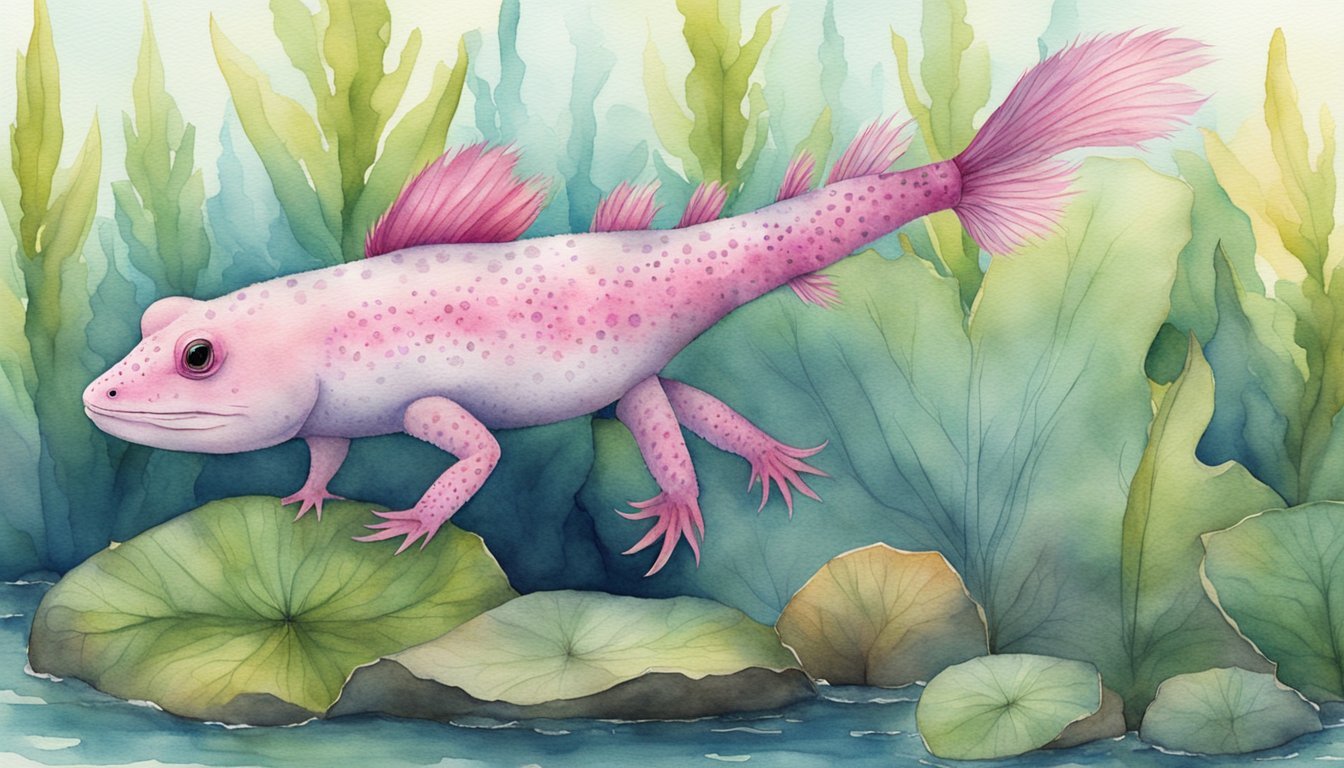Axolotl Conservation Status and Threats
The axolotl, a unique amphibian with an extraordinary ability to regenerate lost body parts, is now on the brink of extinction in the wild. There are profound challenges that threaten its existence, particularly in its natural habitat of Lake Xochimilco in Mexico City.
Exploring the Endangered Status
The International Union for Conservation of Nature (IUCN) lists the axolotl as critically endangered. As of the latest assessment in 2019, this categorization underscores the urgent conservation attention required to prevent extinction. Wild populations have experienced a dramatic decline, with some reports suggesting fewer than 100 adult axolotls remain in their native environment.
Habitat Degradation in Mexico City
Lake Xochimilco, once a vast aquatic ecosystem, is now but a fraction of its former self due to persistent habitat degradation. The system of canals and chinampas (floating gardening plots) that support the axolotl is threatened by the expansion of urban areas and associated infrastructural development.
The Impact of Pollution and Urbanization
Pollution stemming from urban waste and wastewater disposal compounds the problems faced by axolotls in Lake Xochimilco. This pollution introduces harmful chemicals into the water and disrupts the delicate balance required for the axolotls’ survival. The increase in Mexico City’s population has led to greater water extraction, adding to the habitat’s vulnerability.
Challenges Posed by Invasive Species
The introduction of invasive fish species, such as tilapia and carp, has also significantly contributed to the axolotl’s plight. These fish compete with axolotls for food and are known to prey upon their eggs and juveniles, further diminishing the already threatened wild populations.
Conservation efforts, including captive breeding and habitat restoration, are imperative for the axolotl’s continued survival. However, overcoming the invasive species challenge without upsetting the balance of the axolotl’s ecosystem remains a difficult task.
Understanding the Axolotl’s Unique Biology

Axolotls, also known as Ambystoma mexicanum, are a fascinating species of salamander endowed with extraordinary biological traits. Delving into their biology reveals why they captivate ecologists and researchers alike.
The Wonders of Axolotl Regeneration
The ability of axolotls to regenerate goes beyond the mere replacement of tails or limbs. These amphibians can repair vital organs such as the heart and brain without any scarring, which has profound implications for medicine. Scientists continue to study their regenerative capabilities, hoping to apply this knowledge to human tissue repair and organ regeneration.
Unique Traits: Neoteny and Reproduction
Axolotls exhibit a characteristic known as neoteny, where they retain juvenile features into adulthood. They rarelly undergo metamorphosis; instead, they remain aquatic with external gills throughout their life. Axolotls reach sexual maturity without adopting the terrestrial form typically seen in other amphibians, which makes their life cycle particularly unique.
Diet and Ecosystem Role
In their natural habitat, axolotls play the role of predators. Their diet consists primarily of small fish, worms, and other aquatic invertebrates. Being carnivorous, they contribute to the balance of their ecosystem by controlling the populations of these organisms. An axolotl’s presence indicates a healthy aquatic environment due to its sensitivity to pollution and habitat changes.

